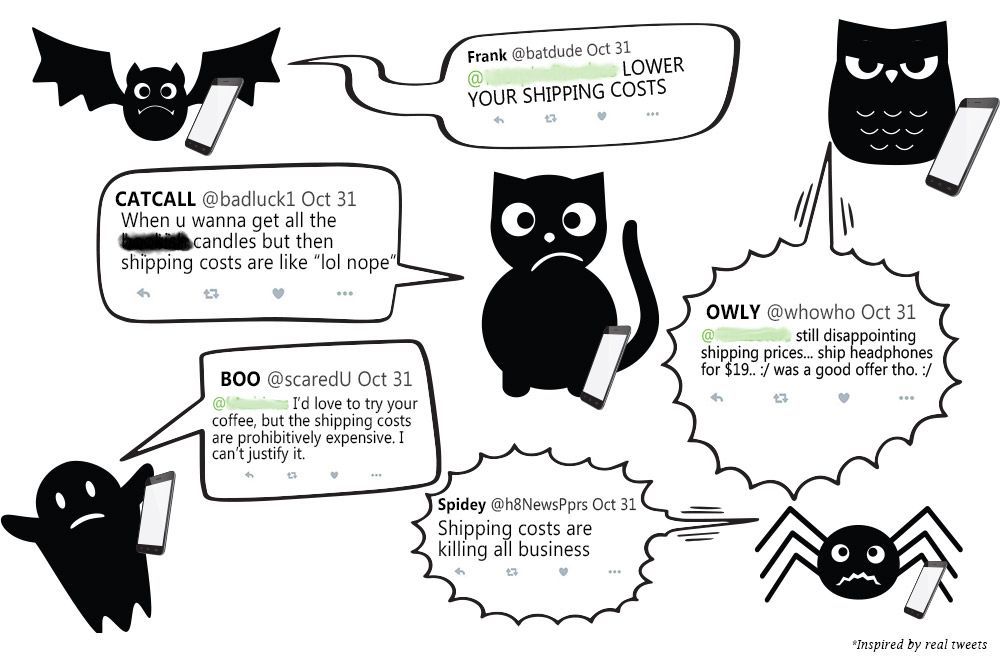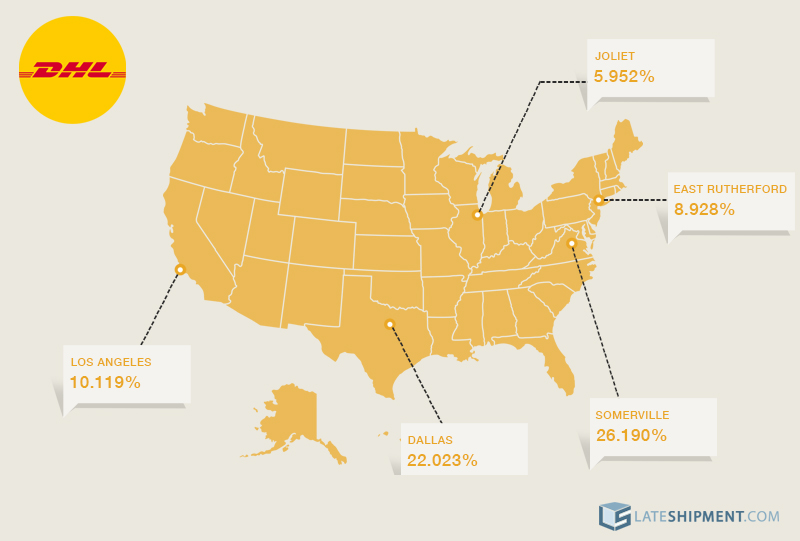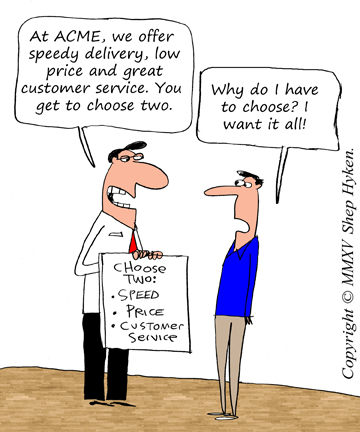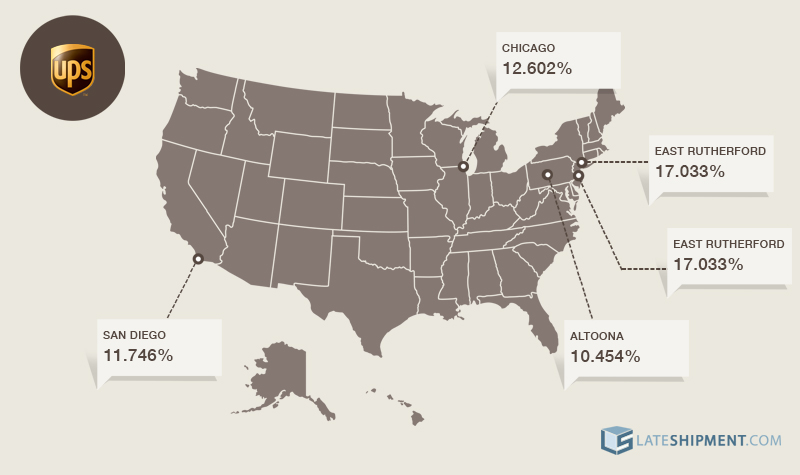As a proud owner of an ecommerce store, there are plenty of things that demand your attention and money. Choosing the right shipping carrier to take your products to the customers’ doorstep is one of them.
Finding a shipping partner to work with is no easy task as you well know. A third party carrier takes over your shipment, and you have no control of it till the customer or the carrier gets back to you. This takes a lot of trust and research on your part I’d say. Especially if you want each customer who shops with you to have a memorable post purchase experience.
Here are 5 important factors that can help you choose the right shipping partner to suit your business.
Prices that don’t scare your wallet
That’s the first thing you look at before anything else. Does the carrier fall into your shipping budget?

Consider local carriers first as they always offer better pricing than the major carriers. What your local carrier cannot handle can be distributed between other carriers depending on their performance in specific areas. There are also services that are specially designed for retailers like DHL ecommerce that you can check out.
Apart from this, there are additional surcharges that are billed to your invoice later. So these surcharges might decide which carrier is more pricey even if their base rates are almost the same. You can read more on shipping surcharges here.
If you take an oversized package for instance, FedEx would charge $72.50 per package without negotiation. UPS charges $650 for any product that weighs over 150 lbs!
Oversize rates are calculated by choosing either the actual weight or the dimensional weight of the product (whichever is greater), and an additional handling surcharge is applied as well.
When shipping in bulk, it is wise to make note of all these differences before choosing one carrier. The dimensional weight pricing followed by major carriers is yet another thing you need to keep in mind. It is possible to negotiate good deals even when dimensional weight pricing is in play. Consider the following example.
A baseball bat that actually weighed 2 lbs was weighed at 8 lbs based on its dimensional weight.
This raked up the shipping costs for the sports retailer.
To negate this effect, they negotiated a deal with their shipping carrier (FedEx in this case) to increase the dim weight divisor based on which they were billed.
The results were remarkable, as the shipping charge of each package was brought down by approximately $4!
This is how far negotiating deals with your shipping carrier can help optimize shipping costs.
Reliability and convenience go hand in hand
Reliability and convenience top the list if you’ve got the pricing sorted out.
How does the pick up work? Do you have to drop if off with the carrier or will they pick it up for a nominal price?
What about the specific location you’re shipping to? Does the carrier have a great track record with the area?
Here’s a graph generated from LateShipment data that shows the percentage of delays committed by carriers divided geographically.


Consider different services from the same carrier. Which one would be better for which part of your business? FedEx for instance dominates the air, while UPS provides far better ground services. Keep all this in mind before you choose a particular service type.
Check out this breakdown of delay rates based on service type.

Customer experience is everything.
The last mile is quite possibly the final frontier to conquer when it comes to customer experience. Winning it will make a lasting impression in the minds of customers, thereby providing a seamless post purchase experience.

Go with a carrier who has a proven track record of efficient and smooth last mile deliveries. A carrier with a solid money back guarantee in place is also usually confident about their ability to deliver on their promise.
Customers today prefer extensive tracking facilities for their packages, just as they would for an Uber. If you’re using a shipping carrier whose tracking is not that great, but has otherwise been a great fit for your business, you can go in for tracking tools or softwares. LateShipment.com provides real time tracking on all your packages across multiple carriers, and even sends in notifications to customers in case of predicted delays or changes in the delivery schedule.
When your customer support team can handle delivery exceptions proactively, there is a noticeable improvement in the customer experience front. People choose to stay on with a brand despite a few delivery mishaps when they are warned well ahead of time, given due compensations, and overall treated as a valuable customer.
Performance is key
How exactly can you rate a carrier’s performance? Comparing the pricing or contracts is a piece of cake compared to evaluating carrier performance. The immense amount of data it takes to do that is mind boggling if you’re a small business owner. This is where services like LateShipment.com can help you. Take a look at the following graph that shows the percentage of delays recorded for different industries in the US for the year 2017 (data was collected after tracking over 25 billion shipments in real time across carriers).

Depending on the areas you are shipping to, geographical data can be collected and used to determine if a different carrier should be used for specific areas. If you’re shipping to say Puerto Rico or Hawaii, FedEx would be the best idea as they deliver faster than the UPS or any other carrier to those locations. Eventually, it all boils down to the fact that your customers receive their packages on time no matter where they live. So the carrier who has the fastest and most efficient track record with that area will be the best bet even if they prove to be a little more expensive than their competitors. The following map shows the percentage of delays recorded in specific geographic locations for UPS shipments.

Using criteria like this, carrier performance can be determined and you can choose the best fit for your business.
All it takes is asking
Truly. You need to get your data ready and go have a discussion with your shipping partner regarding discounted rates for the next quarter. Carriers tend to get more competitive with prices when there is another carrier vying for your business at the same time. Collaborating any sister businesses you may have, or allying with other ecommerce stores to ship your products can help in increasing the quantity of your shipments, thereby ensuring better shipping rates.
For holiday season shipping, most carriers void the money back guarantee in your clause if you are already availing a discounted price. So make sure you negotiate a separate holiday shipping contract that would ensure the presence of the clause along with a bulk discount.
After analyzing carrier performance and negotiating prices, all that remains is to gather customer feedback on the delivery they received. The customer always comes first, and any friction in the last mile has to be resolved immediately. Finding a shipping partner or multiple ones to juggle various aspects of your shipments might seem like a truly daunting task in the beginning, but once you’ve established a good working relationship, it’s smooth sailing from there.
Hope this helps you choose the right shipping carrier for your business!









